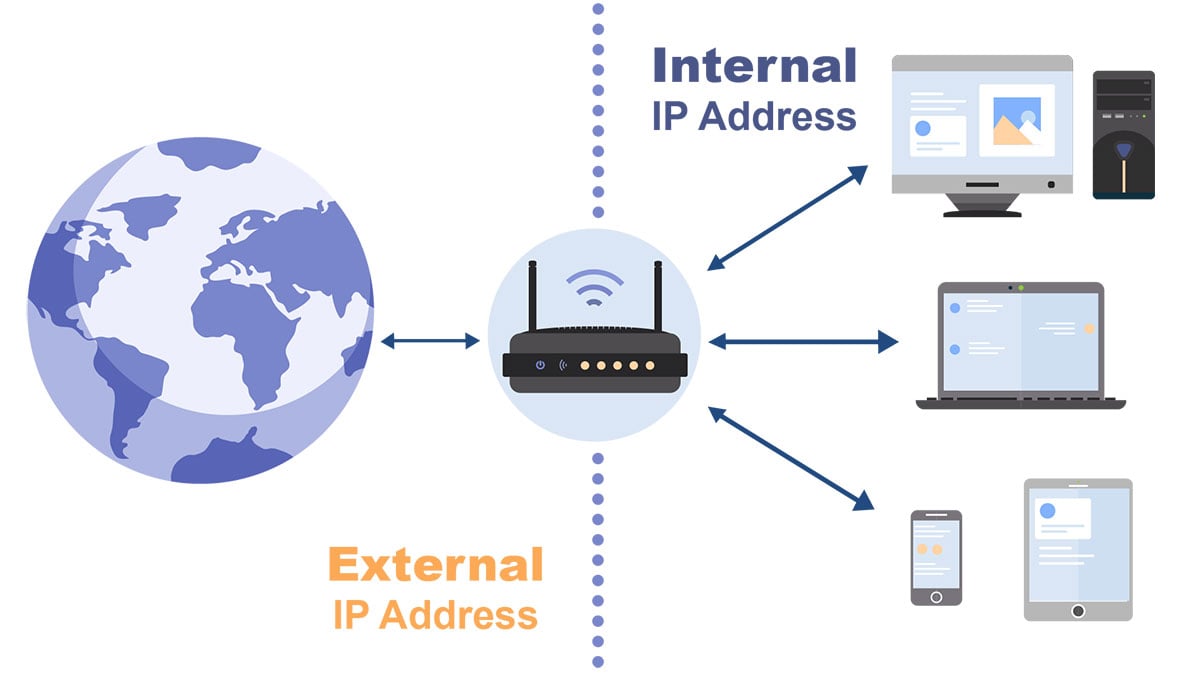Reserved IP addresses are a portion of the IP address range set aside by the International Internet Organization, IANA, as private IP address space or for special purposes like internal local area networks (LANs). For example, 255.255.255.255 is a reserved IP address. Networks using reserved addresses can only communicate internally and cannot interconnect with other networks.
| Address block |
Address range |
Number of addresses |
Scope |
Description |
| 0.0.0.0/8 |
0.0.0.0–0.255.255.255 |
16,777,216 |
Software |
Current network (only valid as source address). |
| 10.0.0.0/8 |
10.0.0.0–10.255.255.255 |
16,777,216 |
Private network |
Used for local communications within a private network. |
| 100.64.0.0/10 |
100.64.0.0–100.127.255.255 |
4,194,304 |
Private network |
Shared address space for communications between a service provider and its subscribers when using a carrier-grade NAT. |
| 127.0.0.0/8 |
127.0.0.0–127.255.255.255 |
16,777,216 |
Host |
Used for loopback addresses to the local host. |
| 169.254.0.0/16 |
169.254.0.0–169.254.255.255 |
65,536 |
Subnet |
Used for link-local addresses between two hosts on a single link when no IP address is otherwise specified, such as would have normally been retrieved from a DHCP server. |
| 172.16.0.0/12 |
172.16.0.0–172.31.255.255 |
1,048,576 |
Private network |
Used for local communications within a private network. |
| 192.0.0.0/24 |
192.0.0.0–192.0.0.255 |
256 |
Private network |
IETF Protocol Assignments. |
| 192.0.2.0/24 |
192.0.2.0–192.0.2.255 |
256 |
Documentation |
Assigned as TEST-NET-1, documentation and examples. |
| 192.88.99.0/24 |
192.88.99.0–192.88.99.255 |
256 |
Internet |
Reserved. IPv6 to IPv4 relay (included IPv6 address block 2002::/16). |
| 192.168.0.0/16 |
192.168.0.0–192.168.255.255 |
65,536 |
Private network |
Used for local communications within a private network. |
| 198.18.0.0/15 |
198.18.0.0–198.19.255.255 |
131,072 |
Private network |
Used for benchmark testing of inter-network communications between two separate subnets. |
| 198.51.100.0/24 |
198.51.100.0–198.51.100.255 |
256 |
Documentation |
Assigned as TEST-NET-2, documentation and examples. |
| 203.0.113.0/24 |
203.0.113.0–203.0.113.255 |
256 |
Documentation |
Assigned as TEST-NET-3, documentation and examples. |
| 224.0.0.0/4 |
224.0.0.0–239.255.255.255 |
268,435,456 |
Internet |
In use for IP multicast. (Former Class D network). |
| 240.0.0.0/4 |
240.0.0.0–255.255.255.254 |
268,435,455 |
Internet |
Reserved for future use. (Former Class E network). |
| 255.255.255.255/32 |
255.255.255.255 |
1 |
Subnet |
Reserved for the "limited broadcast" destination address. |


 IP
IP




